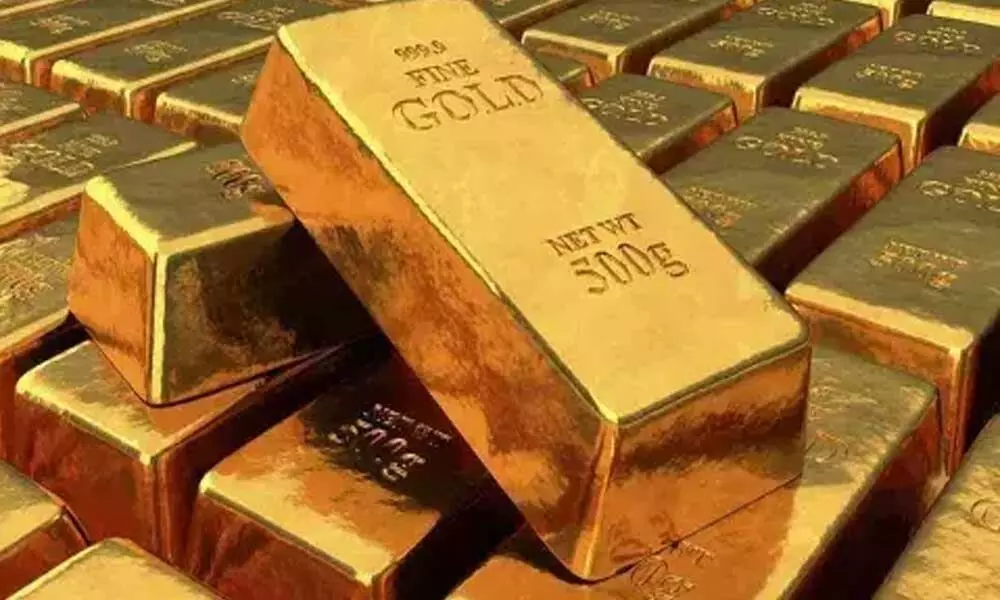
Gold, an indispensable commodity in Indian society, has been intricately interwoven into the cultural and economic fabric of India for centuries. This precious metal plays a pivotal role in many religious festivities and weddings, where various forms, like gold plated jewellery, are gifted. In Karnataka, often regarded as the golden state of India, gold is profoundly celebrated and invested in. Those keen on understanding this engagement usually find themselves asking: what actually influences the ‘today gold rate in Karnataka’?
Like other regions, the gold rate in Karnataka is subject to a blend of local and international factors, harmoniously interlinking the traditional culture with the global economy.
First among these influences is the international gold forex trade. Gold is primarily traded in dollars worldwide. This means the fluctuations in the USD conversion rate directly impact the gold rates. A weaker rupee against the dollar results in costlier gold prices, thereby affecting the ‘today gold rate in Karnataka.’ Select geopolitics like trade wars, diplomatic tensions, and national elections can all alter the dollar’s strength, thereby indirectly affecting gold prices.
Another international determinant is the global economy’s overall health. During political or financial turmoil, investors seek safe investment refuge. Gold, widely regarded as a safe-haven asset during volatile tipping points, sees increased demand, pushing up its price. This was witnessed during the economic meltdown of the 2008 recession and more recently, the uncertain COVID-19 environment, where gold rates hit an all-time high.
Next, the demand and supply economics also holds sway over the today gold rate in Karnataka. India, despite being the second-largest consumer of gold worldwide, relies heavily on its importation. Any changes to the import duty can significantly influence the domestic gold price. For instance, in 2019, when the Indian government hiked the import duty on gold from 10% to 12.5% to narrow the current account deficit, it resulted in an immediate surge in gold prices.
Within India, festive and wedding seasons also contribute to the shifting gold rates. Karnataka, known for its grand-scale celebrations, sees a considerable spike in demand for gold during these periods. The retail demand for gold, including the gold plated jewellery, escalates around festivals like Diwali, Akshaya Tritiya, or the wedding season, leading to increased gold prices.
Furthermore, the state’s economic conditions play a crucial part. A robust economy inspires consumers’ confidence, leading to higher spending power. This directly translates into increased demand for gold, subsequently amplifying the gold price.
Equity market trends can influential as well. In times of equity market downs, gold often turns out as a preferred investment, increasing its demand and hence, its price. However, a thriving equity market might see reduced gold investments, leading to a potential price drop.
Lastly, the government’s monetary policies and decisions taken by the Reserve Bank of India (RBI) hold substantial weight. Factors such as repo rate changes, cash reserve ratio (CRR) modifications, or fluctuating inflation rates can all influence gold prices directly or indirectly.
To summarise, while the allure of gold remains timeless, its price is decidedly not, with various international and local factors constantly shaping the ‘today gold rate in Karnataka.’ These include international gold trade, the health of the global economy, domestic import duty policies, fluctuations in USD-INR exchange rates, local demand-supply dynamics, festive demand, state’s economic health, trends in the equity market, and government policies.
Despite this constant fluctuation, the appeal of gold, including its various forms like gold plated jewellery, continues to remain high. Whether for adornment, investment, or simply a symbol of social status, gold is enduringly entwined into Karnataka’s socio-economic narrative, embodying India’s undying love for this radiant metal.



